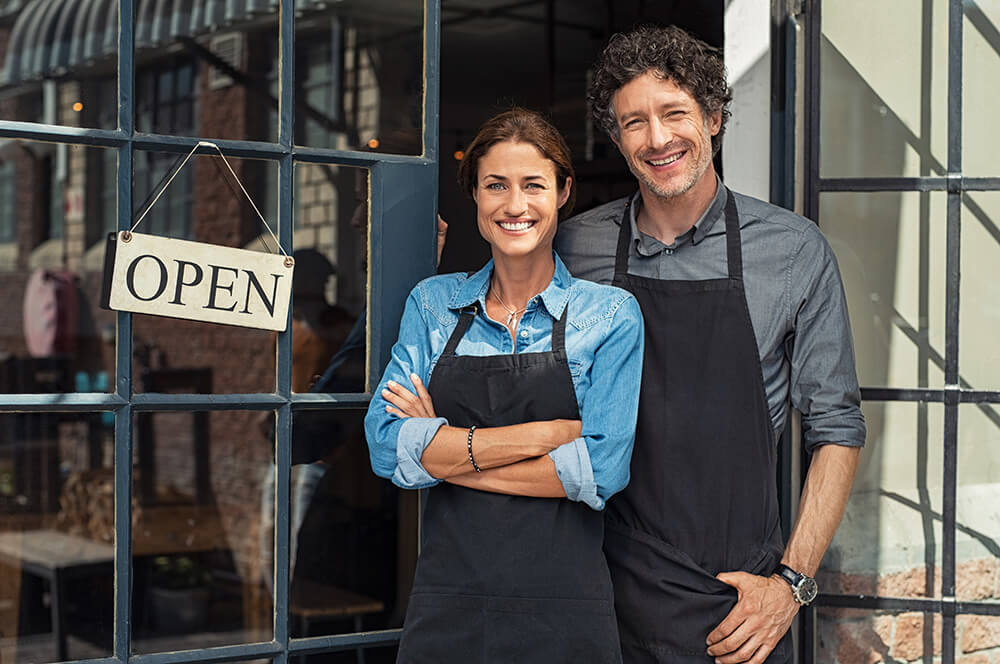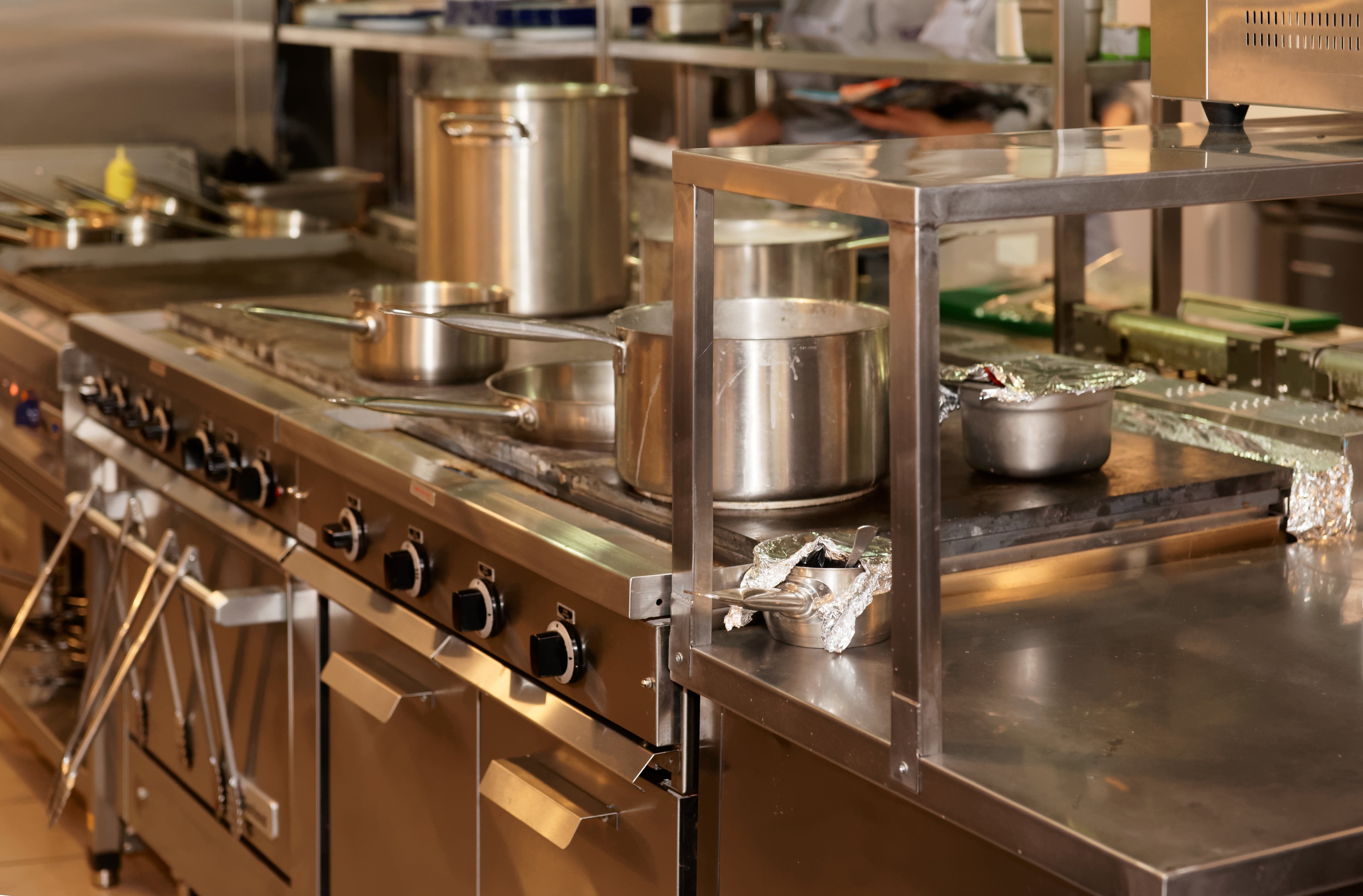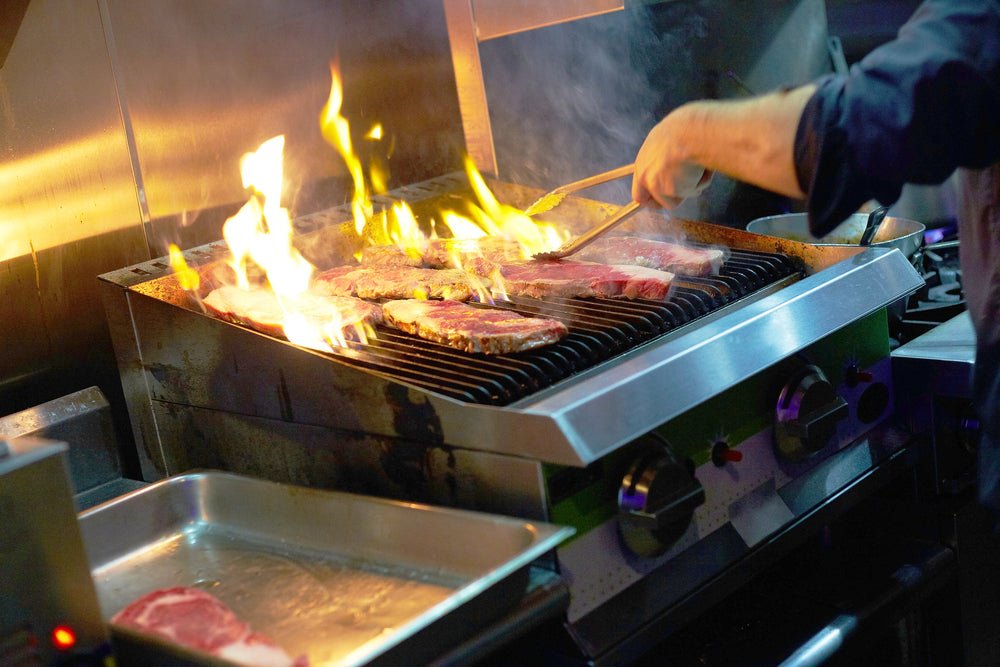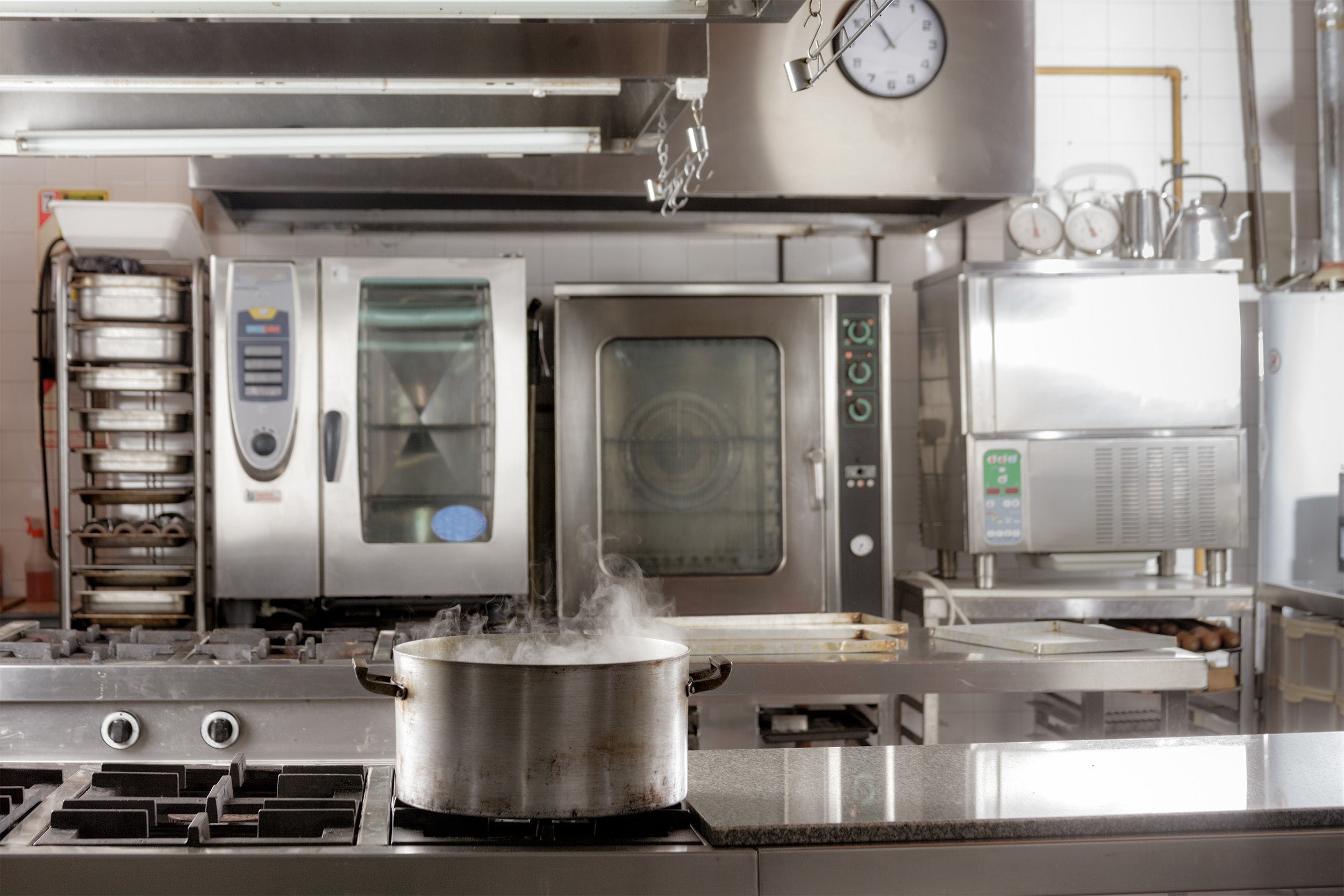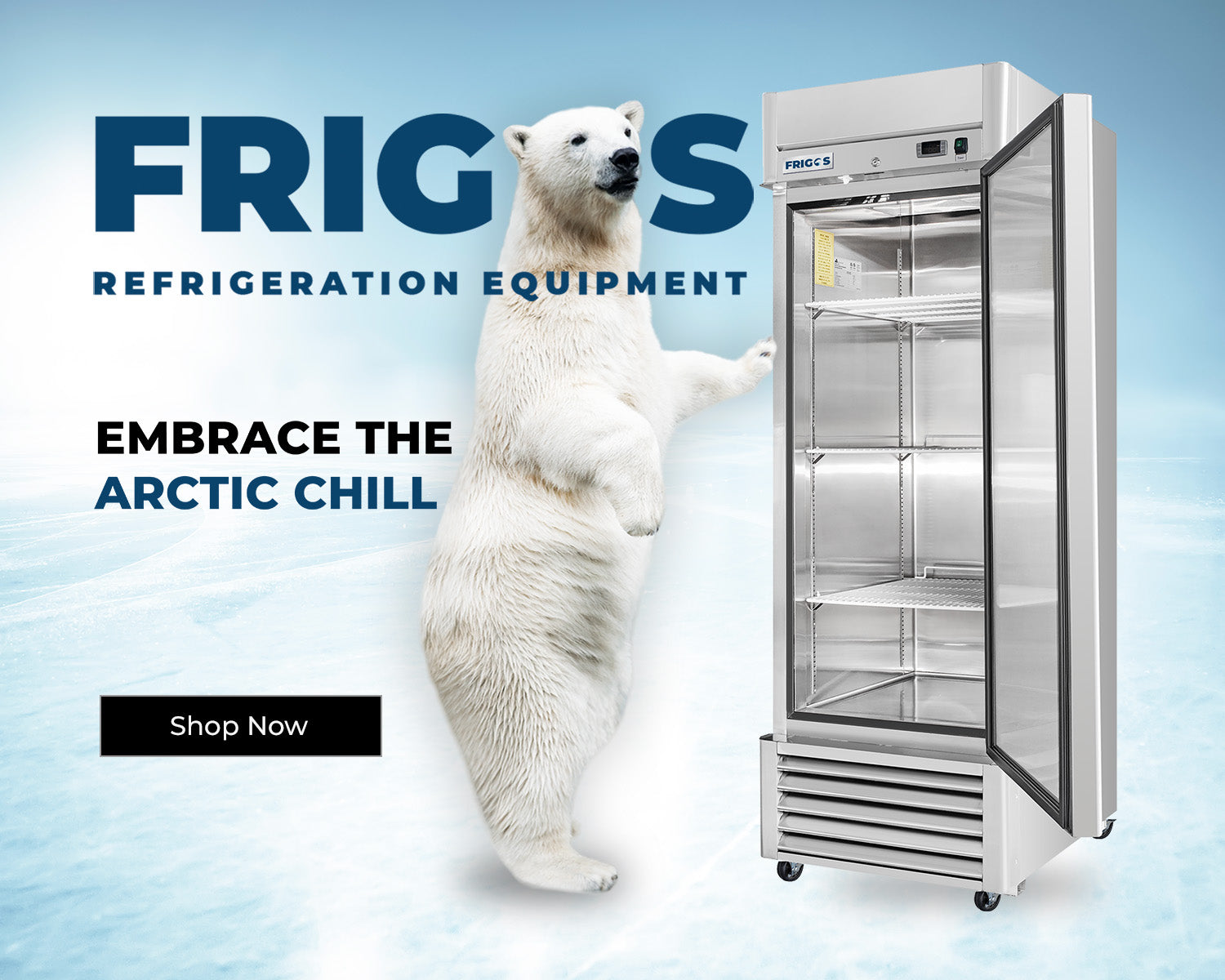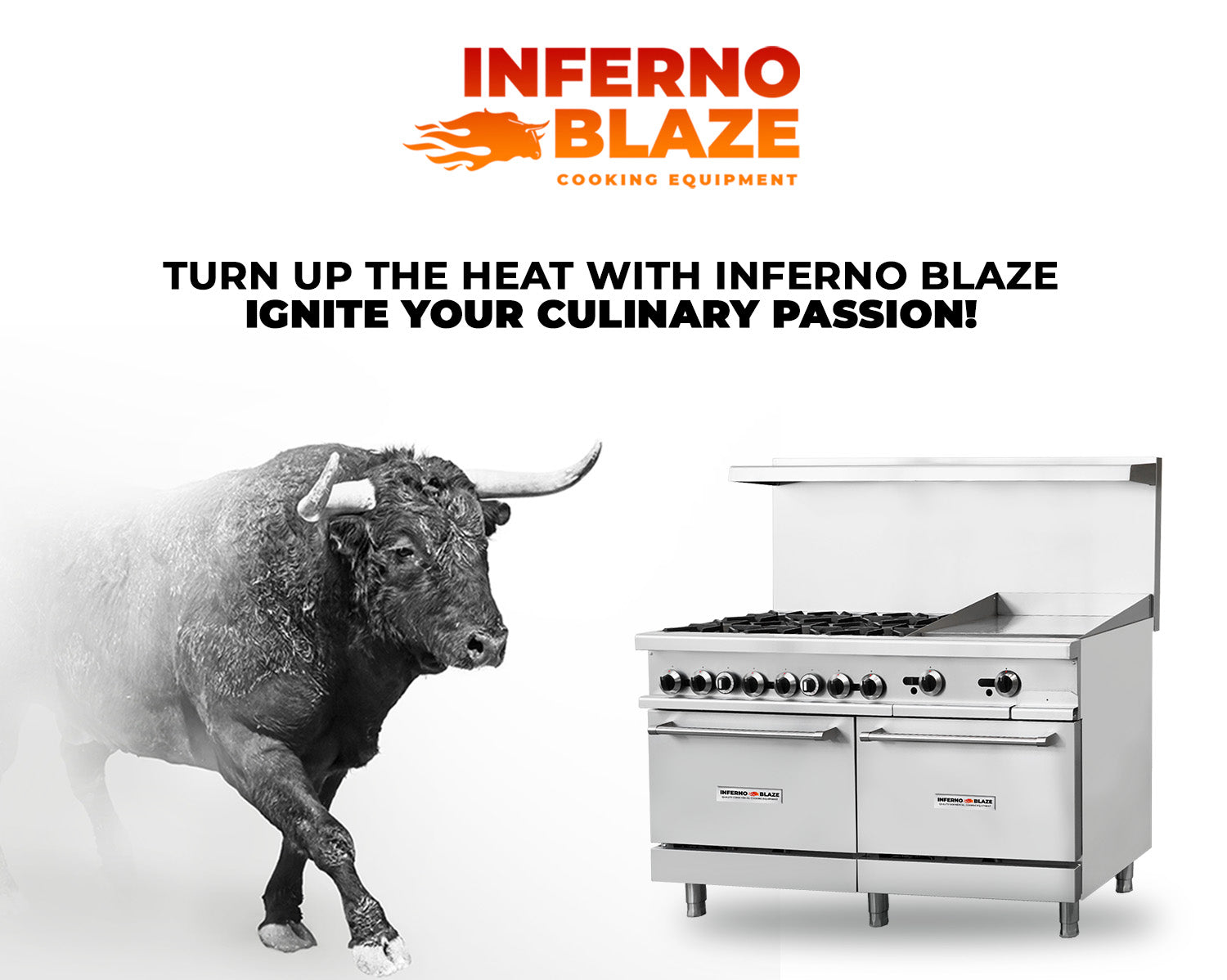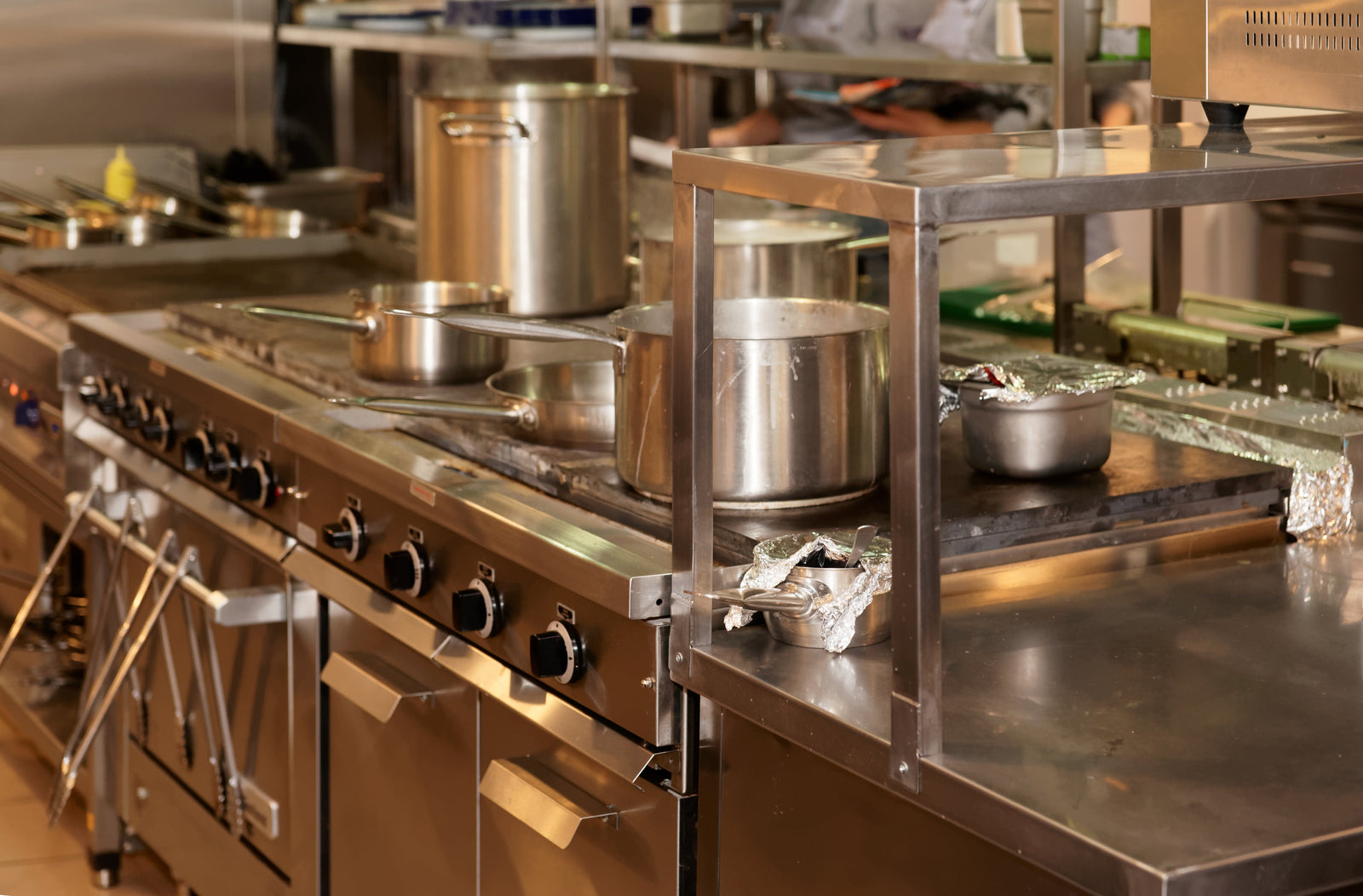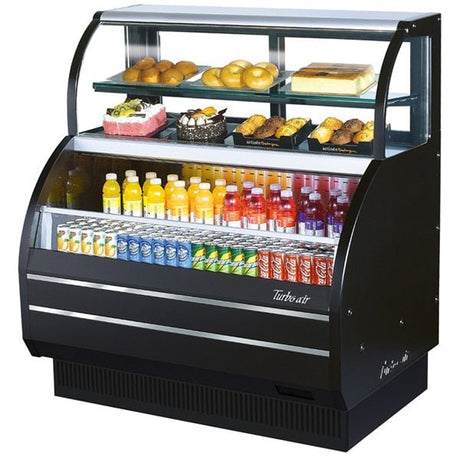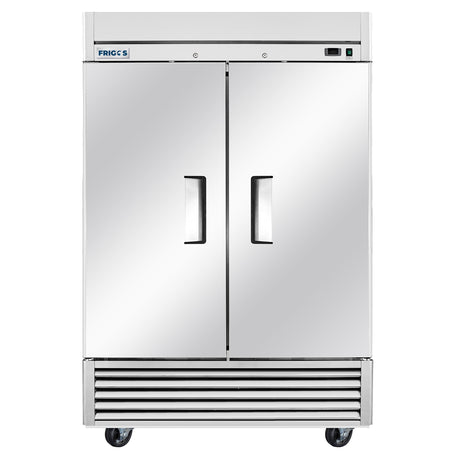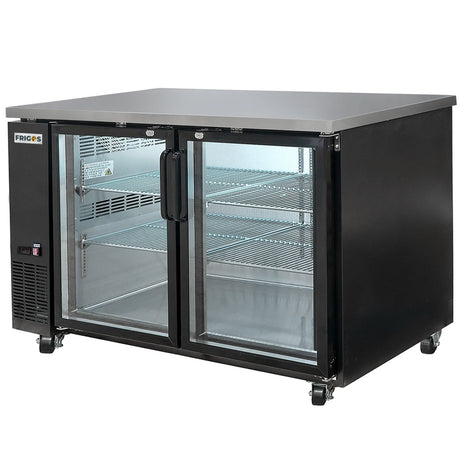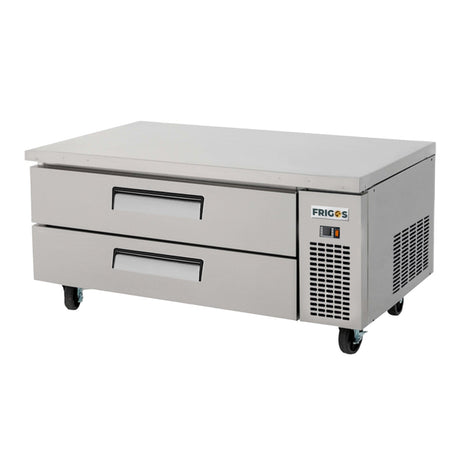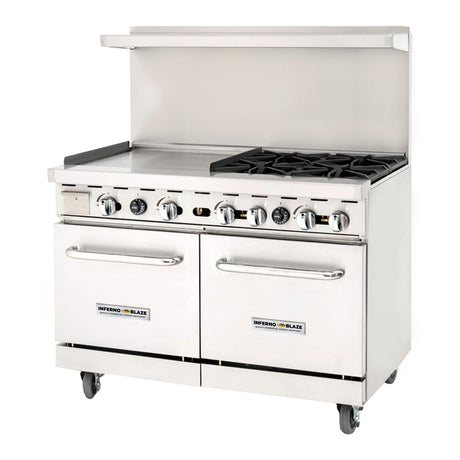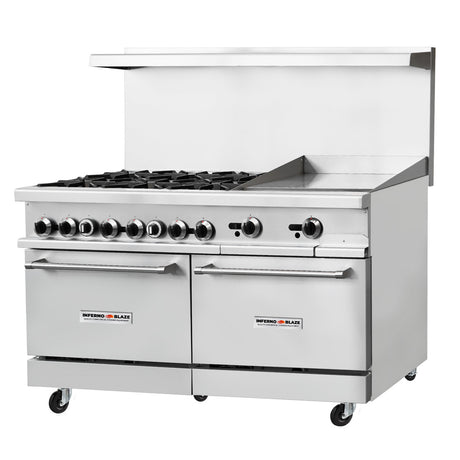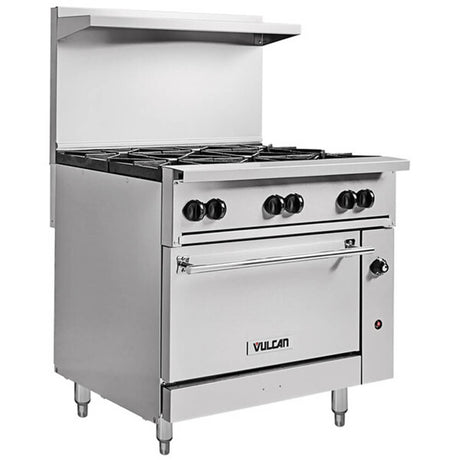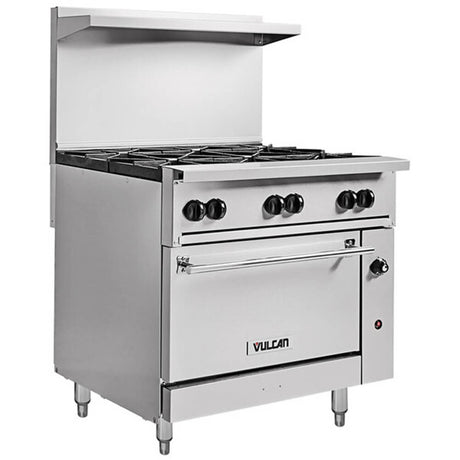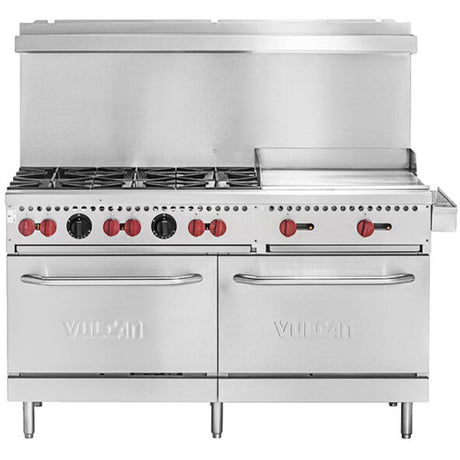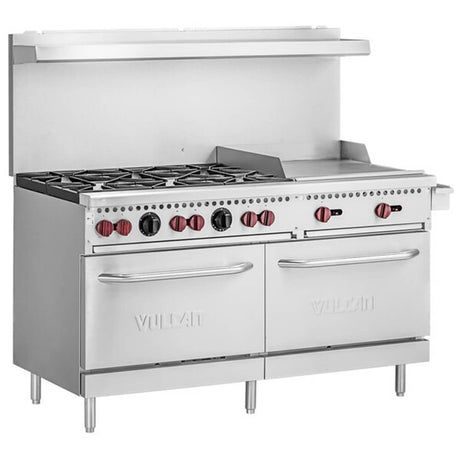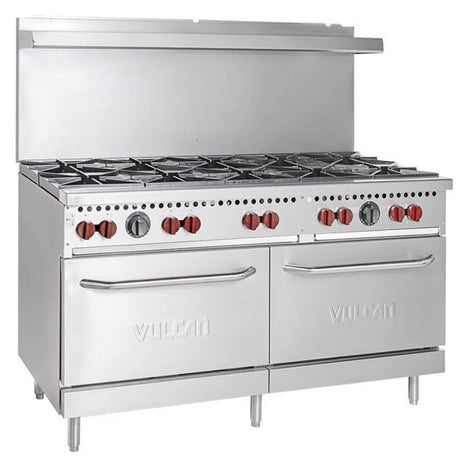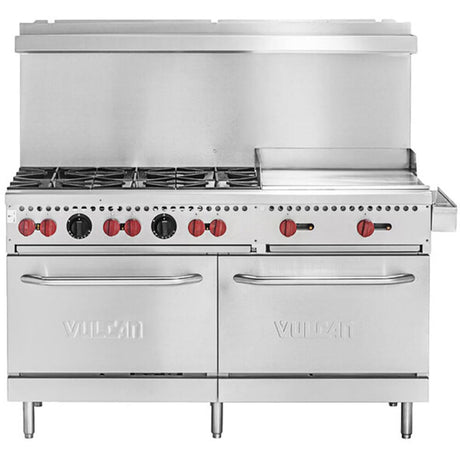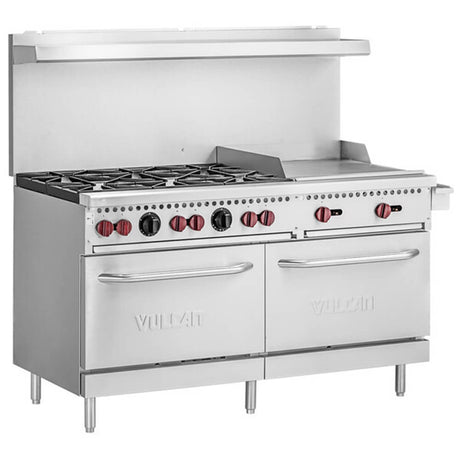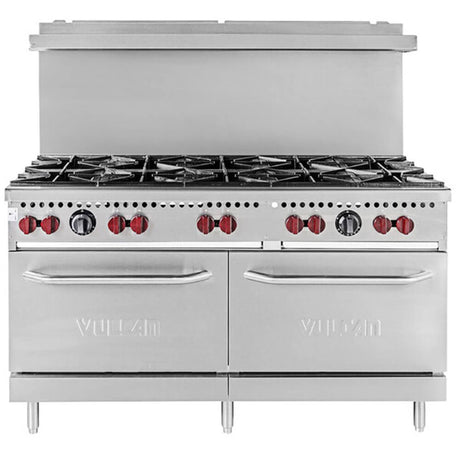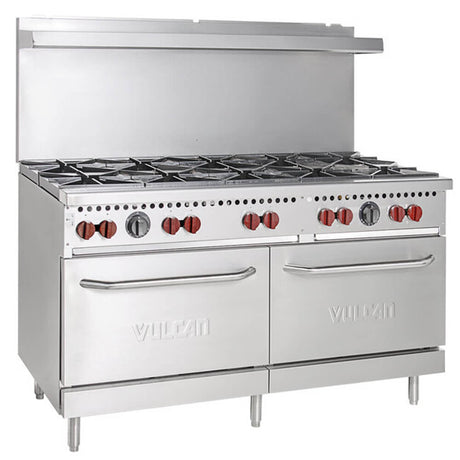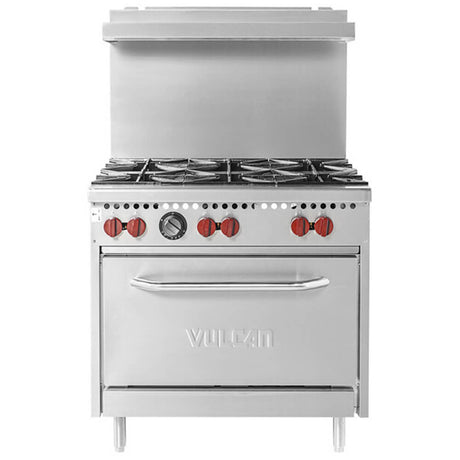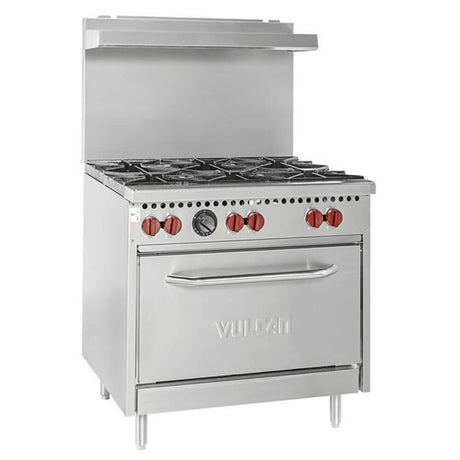In the heart of every commercial kitchen lies a workhorse - the commercial range. Versatile and indispensable, these culinary champions can fry, grill, broil, sauté, boil, braise, simmer, warm, and even bake, making them a chef's best friend. Whether you're venturing into the world of restaurant ownership or considering an upgrade for your current kitchen, this comprehensive buying guide will lead you through the crucial considerations when purchasing a commercial range.
What Type of Range Do I Need?
Before delving into the intricate details of commercial range selection, it's essential to pinpoint the type that perfectly aligns with your kitchen's demands. In the culinary world, two primary categories dominate the market: Restaurant Ranges and Heavy-Duty Ranges.
Restaurant Ranges are the most common choice, meticulously designed for ease of use and durability. These ranges come in various widths, typically in 12" increments, ranging from 24" to 72". While they might feature slightly lighter construction compared to heavy-duty ranges, they are more than capable of handling the rigors of a bustling kitchen.
Heavy-Duty Ranges, on the other hand, are constructed with high-volume usage in mind. Boasting robust build quality with thicker metal gauges and more welded components, these ranges deliver a higher energy output per burner, making them the top choice for establishments with intense cooking needs. However, it's important to note that they tend to come with a heftier price tag.
Furthermore, there are specialty ranges, like Wok Ranges and Stock Pot Ranges, designed for specific cooking styles.
Electric vs. Gas Ranges
The choice between electric and gas ranges is contingent on your kitchen's setup, available power sources, and budget. Here's a brief comparison to aid in your decision-making:
Electric Ranges:
- Utilize tubular metal elements containing resistance wires.
- Available in 208, 240, or 480volt models with thermostats ranging from 150°F to 500°F.
- Generally more straightforward and cost-effective to install.
- Advancements in induction technology have made electric ranges increasingly popular in recent years.
Gas Ranges:
- Feature open burners with BTUs ranging from 25,000 to 260,000.
- Offer precise control and instant heat, significantly reducing cook times.
- Both natural gas and liquid propane models are usually more efficient and cost-effective.
- Gas models, however, require pre-existing hookups and equipment, potentially complicating installation.
Choosing the Number of Range Burners
The number of burners your range should have depends on your kitchen's output. Most commercial kitchens opt for 6- or 10-burner models, but there are variations ranging from 1 to 12 burners. Assess the strength of the burners as well, as high-volume establishments might require higher BTU burners.
Different Types of Stove Tops
Range tops come in various configurations, each suited for specific cooking styles:
- Gas Open Burner: The most common, with BTUs ranging from 30,000 to 35,000 per burner.
- Hot Top: Ideal for use with stock pots, featuring a smooth surface for easy movement.
- Tubular Electric & French Top Electric: Tubular burners heat up quickly, while French tops offer even heat distribution.
- Griddle Top: Perfect for breakfast items, burgers, and more.
- Combination Surfaces: Combine burners with griddles or hot tops for versatile cooking options.
Induction Surfaces: Known for superior energy efficiency and maintaining cooler kitchen temperatures.
Countertop Ranges
Countertop ranges provide an excellent space-efficient option for kitchens with limited space. They are available in gas, electric, or induction variations, making it easy to find the best fit for your kitchen's setup.
Choosing the Best Commercial Stove Size
Selecting the right range size is a pivotal decision to ensure it seamlessly integrates into your kitchen's layout. Common range widths include 24", 48", and 60". Restaurant ranges typically measure between 24" and 72", while heavy-duty ranges span between 32" and 36" per section for modular setups.
Consider the following factors when determining the best size for your kitchen:
Hood Space: Ensure your range size aligns with health and safety codes, which often require the hood to extend at least 6" beyond the equipment placed underneath it.
Menu & Application: Tailor your range configuration to your menu. For instance, if you primarily serve breakfast, consider griddles. Range manufacturers often offer griddle options in 12" wide increments.
Finding the Right Range Base
When selecting a full-size range, consider the base options available to enhance its versatility:
- Oven Bases: Choose from "space saver" ovens or standard ovens for baking and cooking.
- Refrigerated Bases: Provide cold storage space for quick access to ingredients.
- Storage Bases: Offer an open cavity beneath the range top for pots, pans, and kitchen tools.
Range Cleaning and Maintenance
Regular cleaning and maintenance are imperative to ensure your range performs optimally and maintains safety standards. Implement a schedule that includes daily and monthly cleanings performed by trained employees, along with quarterly and yearly inspections conducted by professionals.
How to Clean a Commercial Range:
- Deactivate the power source.
- Clean the grates and burner tops with hot water and soap, then season them with vegetable oil.
- Dislodge debris from the burner ports and coat them with cooking oil.
- Remove crumbs and grease buildup.
- Reinstall components and heat them to season the grates.
Add-On Range Options
Enhance your range's capabilities with add-on options like salamanders, cheesemelters, griddle broilers, and electronic ignition for gas burners.
Range Installation Accessories
Ensure safe and proper installation by choosing the right accessories, including casters, caster placement systems, and commercial gas hoses.
-
Casters: Facilitate cleaning and maintenance under and around the range.
-
Caster Ramps: Make it easy to reposition the range after cleaning.
- Gas Hoses: Choose the appropriate size and type for your range.
Selecting the right commercial range is a significant decision for your kitchen, impacting both your workflow and menu offerings. Consider these factors, explore your options, and invest in a range that suits your specific needs for optimal culinary success. Don't forget to check out our commercial range reviews to make an informed decision. Happy cooking!


